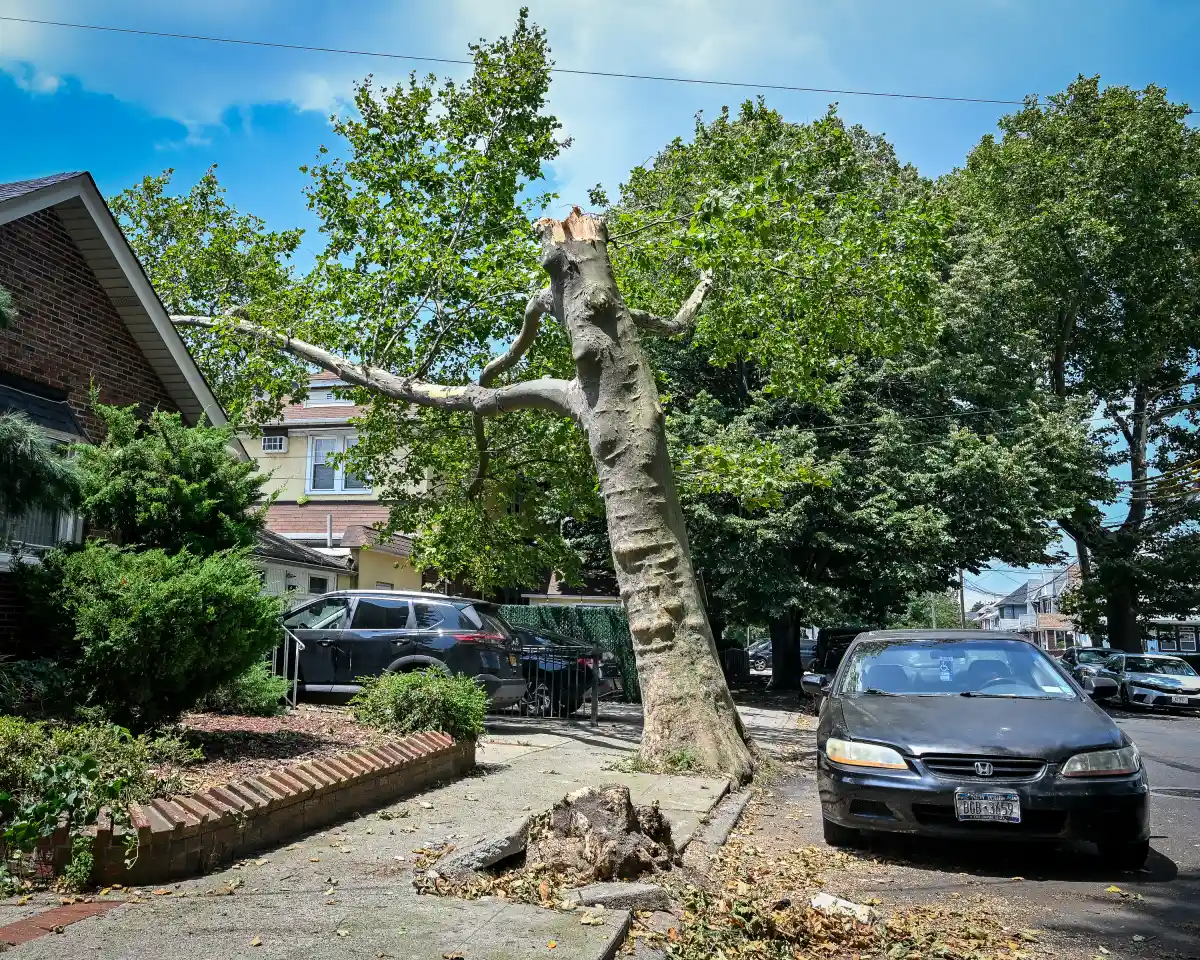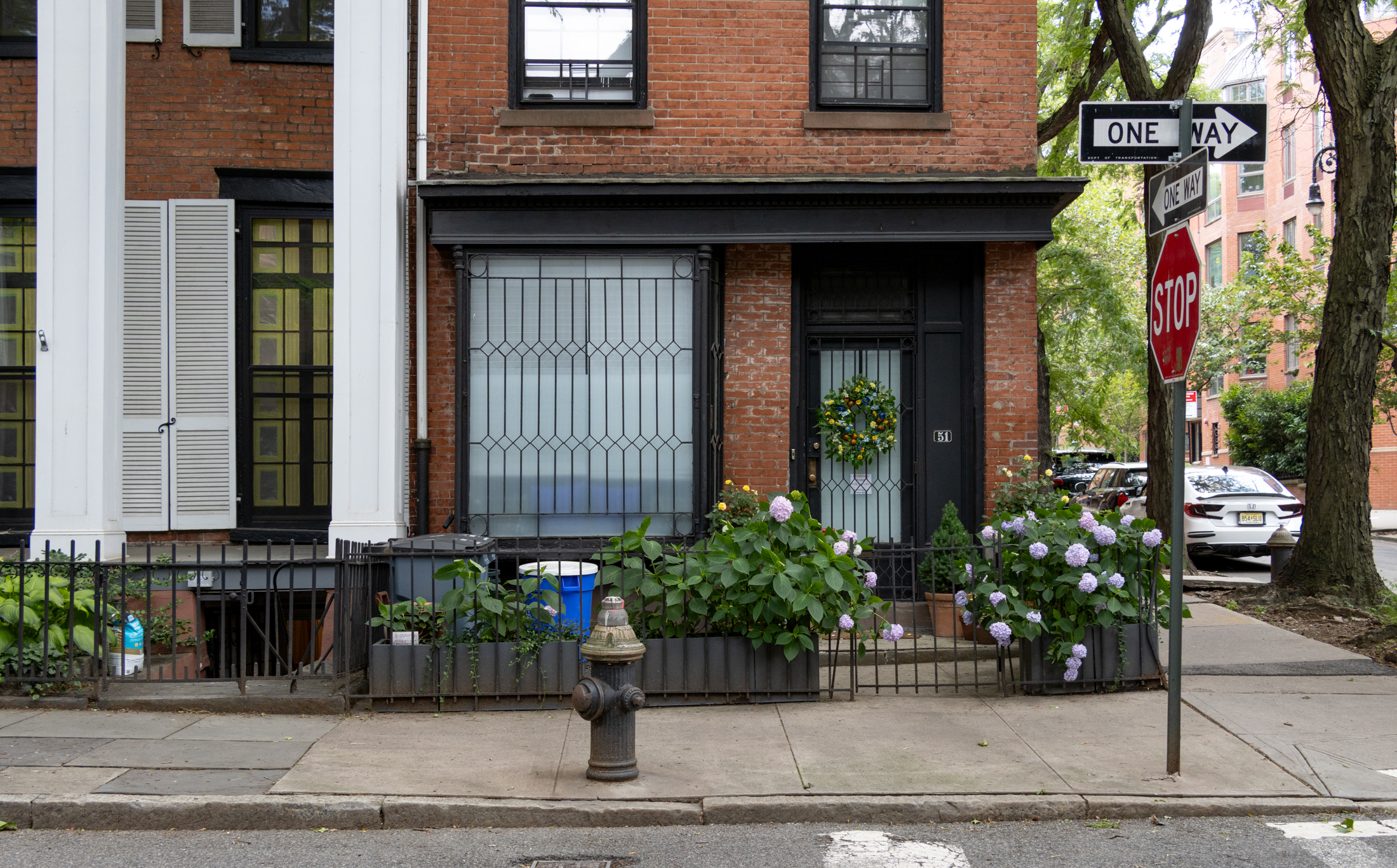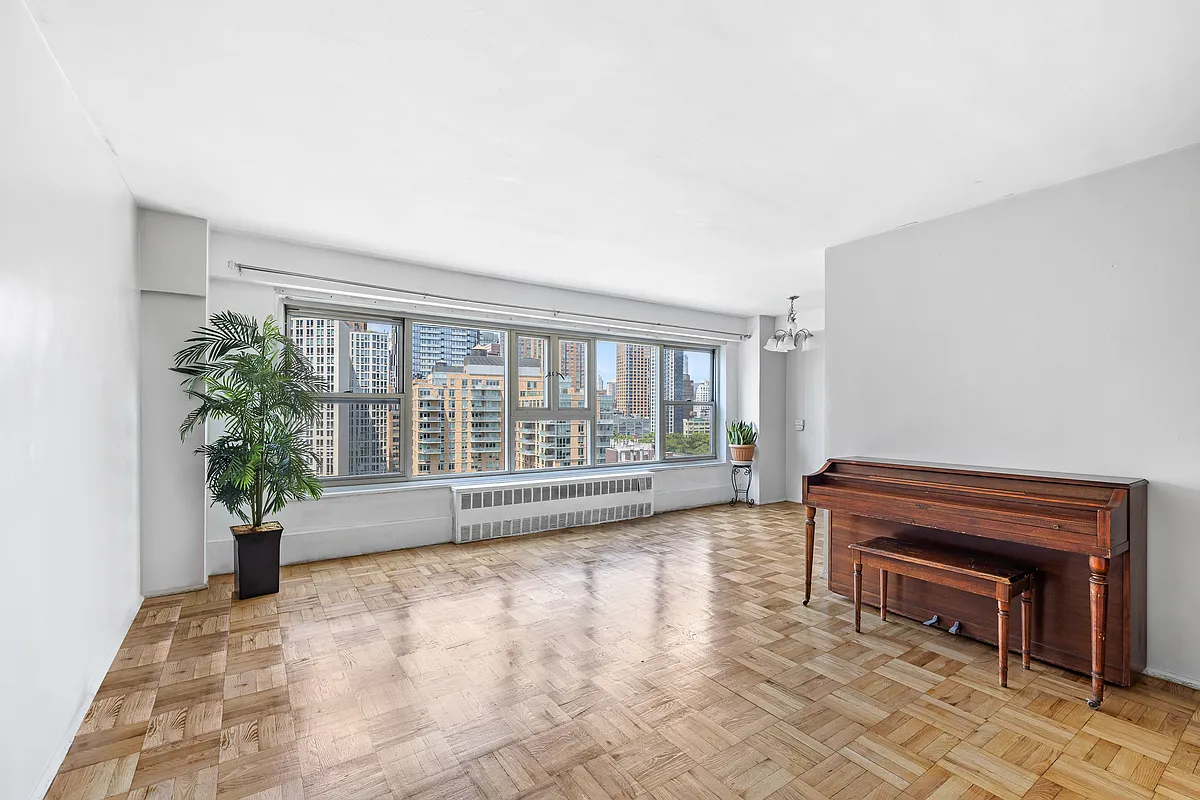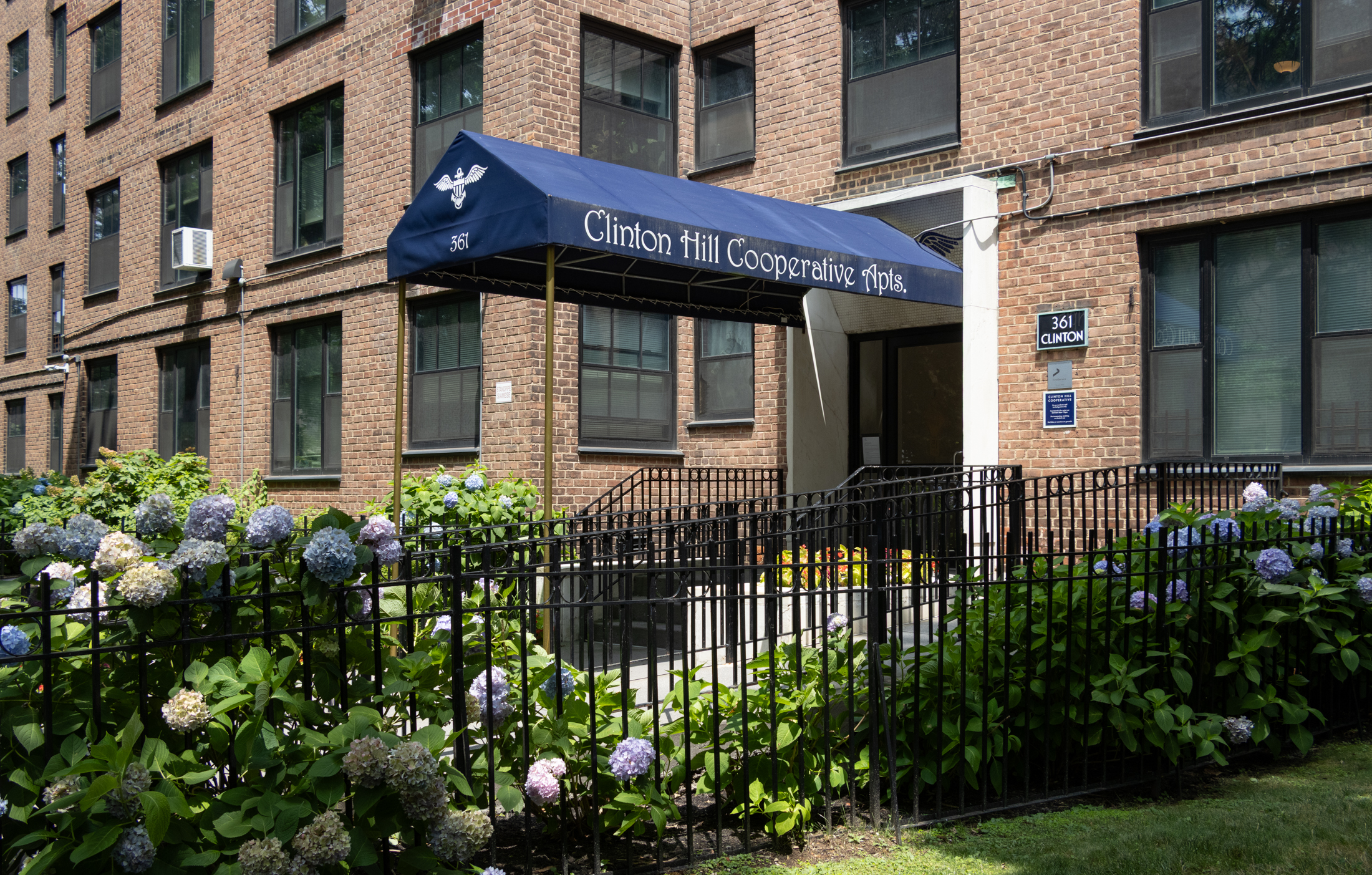Widespread Support for Three New Brooklyn Landmarks
The Landmarks Preservation Commission held hearings on three potential new Brooklyn locations yesterday. First up was the four-building complex associated with the William Ulmer Brewery in Bushwick. All of the seven people who spoke—including a representative from both Councilmember Reyna’s office and the Municipal Art Society, Simeon Bankoff from the Historic Districts Council and Ward…


The Landmarks Preservation Commission held hearings on three potential new Brooklyn locations yesterday. First up was the four-building complex associated with the William Ulmer Brewery in Bushwick. All of the seven people who spoke—including a representative from both Councilmember Reyna‘s office and the Municipal Art Society, Simeon Bankoff from the Historic Districts Council and Ward Dennis from the Waterfront Preservation Alliance. A similar line-up of North Brooklyn folks also unanimously supported the creation of the Fillmore Place Historic District, a 29-building, one-block stretch of Williamsburg. When it came to the Ocean on the Park Historic District (pictured above), more than 20 people spoke; only two—the owners of 189 and 211 Ocean Avenue—came out against it. The dates for the commission’s votes on the three matters have yet to be set.
Big Day Coming Up for Brooklyn at Landmarks [Brownstoner]
Public Hearing Agenda 3/24/09 [LPC]





“The people who live at 189 are kind, decent people”
ROTFLMFAO
To expand on my 2:30 comment, the current “landmarking project’ was started in response to the threat to #185. The owners of 189 originally supported landmarking the entire row and, as of the hearing Tuesday, still support landmarking the other 11 houses. I know there are some bad feelings between neighbors there (and I’ve gotten an earful from both sides) but I don’t see how the attempt at HD designation could be a “vendetta”.
“The landmarking project sounds a lot more like a personal vendetta than an effort to preserve beautiful houses”
Not withstanding any sympathy that may be due the owners of # 189, the sentence I’ve quoted above is one of the most ridiculous I’ve ever seen!
I feel terrible for the owners of 189 ocean ave., not only because of this landmarking situation, but because they have to put up with such childish neighbors! They’ve been called horrible names! The truth is, the people who live at 189 ocean ave. are just trying to protect themselves in the same way that the rest of the block is. And, ironically, 185 ocean sold to developers. Isn’t that one of the things that you’re trying to prevent with landmarking? The people who live at 189 are kind, decent people who angered the other neighbors by not letting them park in their backyard, a situation that the owners of 185 created. The neighbors have been angry at them ever since. The landmarking project sounds a lot more like a personal vendetta than an effort to preserve beautiful houses.
Thanks very much, MM — I actually spoke after the owner of 189 Ocean, but before her lawyer — and her comments made me so furious, especially about how the house wan’t worth landmarking bacause no-one important ever lived there, that I pretty much scrapped my prepared speech and kind of went off-the-cuff, so I doubt my eloquence was too apparent :).
And, yes, I don’t know who that last speaker was, but he did make a very good point about the need for outreach to people regarding the availability of low-cost loans and other funding to help owners of landmarked properties (espeically low and middle income owners) restore their homes.
I an currently trying to organize some sort of LPC/HDC outreach effort on my block in order to combat the ongoing plague of landmark violations. In the meantime, the HDC has just published a very informative brochure on the various sorts of funding available to homeowners of landmarked (and non) properties: http://www.hdc.org/financial%20incentives%20brochure.pdf
I’m sure you’re already familiar with it, but perhaps others are not.
Cheers!
I still am curious about the story of what 189 ocean did to 1985 ocean…….
I was supposed to buy 185 ocean until I got outbid by the developer…
I want to know what I was potentially “saved” from if they are such hellish neighbors!
Thanks!
Babs, I didn’t know who you were either. I would have liked to have met you, I’ve admired your posts for a long time, especially back in the old PLG wars days, when I was CHP. If you are who I think you are, you were most eloquent as well.
I have to admit, without knowing the back story, I was moved by 189’s plight, mostly in the thought of being responsible for easement issues, but I must agree, as I thought yesterday, that those issues are beyond the scope of the LPC. After hearing all this, that pity is fading. Their lawyer was most bombastic and unpleasant.
211’s comments are echoed by many people who are not really aware of what landmarking means. The very last speaker at the hearing, I have no idea who he was, made the point that the LPC really needs to do a better job of getting the word out on the rules, regulations and meaning of landmarking, as it would serve them well in getting a community behind designation.
However, some members of the community also don’t educate themselves, when the opportunity arises. When we had an LPC meeting, people came to complain that no one told them anything, yet when pressed admitted that they got the literature in the mail, but they didn’t bother to open or read it.
211’s best excuse for not being designated was that the properties were no big deal, as the subway runs behind it. Somehow, I think he might forget that point, if a developer was interested in it, as it goes from a negative to no problem at all.
Thanks for the explanations. . .
I’m sure 99% of New Yorkers would happily live in the allegedly fugly 189 Ocean and gaze out the front windows at Prospect Park every day.
They’d also happily take the “financial ruin” these boneheads are claiming — ie., doubling or tripling their investment in a few years.
Sorry, folks for the longwinded post. I surely wish I could sum this up quicker, but this is the best I can do. So, here goes.
First of all, the back story of what happened between the former owners of #185 and the current owners of #189 is so ugly and twisted that I’ll spare you the details. Suffice it to say, it’s a prime example of how a wonderfully congenial and tight knit commmunity of neighbors can become irreparably fractured over one internal dispute. Unfortunately, and because of that dispute, we lost one great family of neighbors, and their house is now history as well. The good news is that, despite the rift between our own version of Hatfields and McCoys, the majority of the row remains a tight knit, mutally supportive and friendly community that is a pleasure to call home. And, yes, the irony of the loss of #185 is such that now there is an even stronger case for the official preservation of the remainder of the houses on the row.
None of the anti-landmarking arguments hold any water. The owners of #189 did not argue against landmarking of the 10 limestones or even landmarking of the other brick house, #191. Instead they argued only for exclusion of their house from the proposed historic district. The key points of their arguments were:
1. Their house is fugly, at a “kindergarten level of preservation” and not up to LPC “standards” of beauty. Further, it “doesn’t match” anything now that the companion house, #185 has been demolished.
2. No one of importance has ever lived at #189 Ocean. A review of the social register proves no big kahunas ever held title to that property. Therefore, it doesn’t meet LPC’s historical “standards.”
3. The current owners are likely to experience financial ruin because, with a development site now next to them, they will not be able to sell their house to anyone but a developer. However, if their house becomes landmarked, they won’t be able to sell it to a developer.
4. They will experience financial ruin because they have an easement that runs with the shared driveway between #185 and #189. That easement obligates them to shared responsibility for maintenance and liability of the driveway in case of damage, injuries suffered by others, etc. If a large apartment building is erected on the site of #185, that includes onsite parking, they feel their exposure to potential liabilities will increase.
Again, none of these arguments hold water before the LPC.
The financial ruin arguments are speculative at best and exceed the jurisdiction of the LPC. In the event an apartment building is built next door to them and such liabilities occur, they should take their case to the courts and/or to a City regulatory agency such as the DOB, for example. In any case, LPC is not in the business of making landmark decisions based on the alleged, potential negative financial consequences to the persons who currently own the property under consideration.
Of course, there’s no question that, among all these houses which were built between 1909 and 1917, the neo-renaisance styled limestones designed by the early 20th century starchitect Axel Hedman are more “beautiful” than the neo-federal red brick houses designed by the architects Holmgren and Faribalult. However, the architectural and historical merit of structures to be landmarked are not based solely (or even) upon their architectural “beauty” nor the wealth and power of the people who have previously inhabited those structures. In this case, and notwithstanding the obvious diversty of this housing stock, each of the 12 remaining small family structures on Ocean Avenue share the contextual commonality of being low-rise, architecturally distinctive homes which are deeply set-back from the street. Further, they are situated in the middle of an extraordinarily long Park block that is otherwise comprised of larger, much taller apartment buildings from a different period. As such, it is a significantly distinguishable, century old residential enclave that makes a prominent mark upon the land. For a host of other reasons that are way too numerous to go into here, all 12 houses should be preserved!
As for the anti-landmarking argument of the owner of #211, I believe Babs has already given an expert summation.